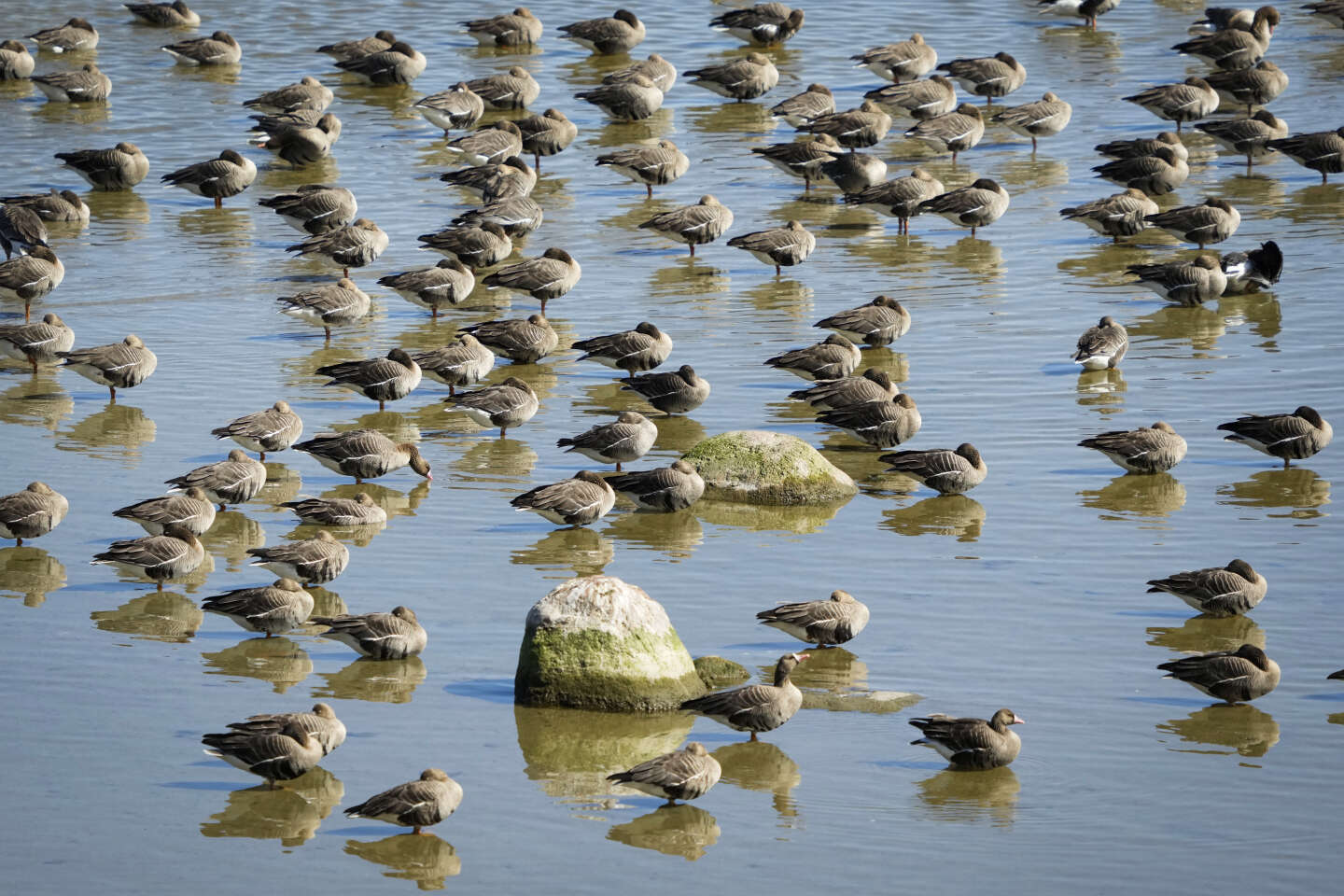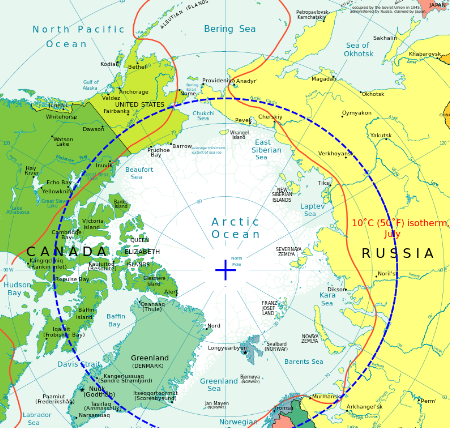Only a third of marine protected areas (MPAs) in the world are subject to high or full protection, likely to preserve biodiversity and increase fish biomass, according to a study published Thursday May 9 in the journal Conservation Letters.
The international community has set a goal of protecting 30% of the oceans by 2030 to restore biodiversity, a goal known as “30×30”. In February 2023, 18,000 marine protected areas were listed in the world, or 8.2% of the oceans, but with very varying degrees of protection.
Article reserved for our subscribers
To evaluate the effectiveness of these MPAs, the American, French and Portuguese authors of the study looked at the 100 largest marine protected areas, representing alone 89.2% of the total surface area of MPAs and 7.3 % of the world’s oceans. They concluded that only a third (35.7%) of these marine areas were under high or full protection, or 2.6% of the surface of the world’s oceans. A figure very far from the 30×30 objective.
Conversely, another third (36.9%) of these “protected” areas are the scene of “highly destructive” activities incompatible with the protection of biodiversity, such as industrial fishing, according to the study. The rest of the MPAs are either lacking regulation and management, or poorly protected.
Only 1.6% of French waters under a full or high protection regime
The study also shows that many countries (Australia, Brazil, Chile, France, South Africa, United Kingdom, United States, etc.) establish a significant part of their marine protected areas in remote and overseas territories. Thus, 62.4% of highly protected marine areas are located in remote areas.
France, which has the second largest maritime domain in the world, has only 1.6% of its waters under a regime of full or high protection, notes for example Joachim Claudet, researcher at the National Center for Scientific Research (CNRS) and co-author of the study. 80% of these highly protected areas are located in the French Southern and Antarctic Lands (TAAF). Conversely, on the Atlantic, Channel and North Sea coasts of France, only 0.01% of the waters are classified as fully or high protected.
In their study, the scientists propose no longer counting, in the 30×30 objective, MPAs whose level of protection is unknown or insufficient, in particular those which authorize mining extraction or industrial fishing.
They also advocate for a better geographical distribution of MPAs and the ratification of the international treaty for the protection of the high seas (known as BBNJ, for Biodiversity Beyond National Jurisdiction, in English).




